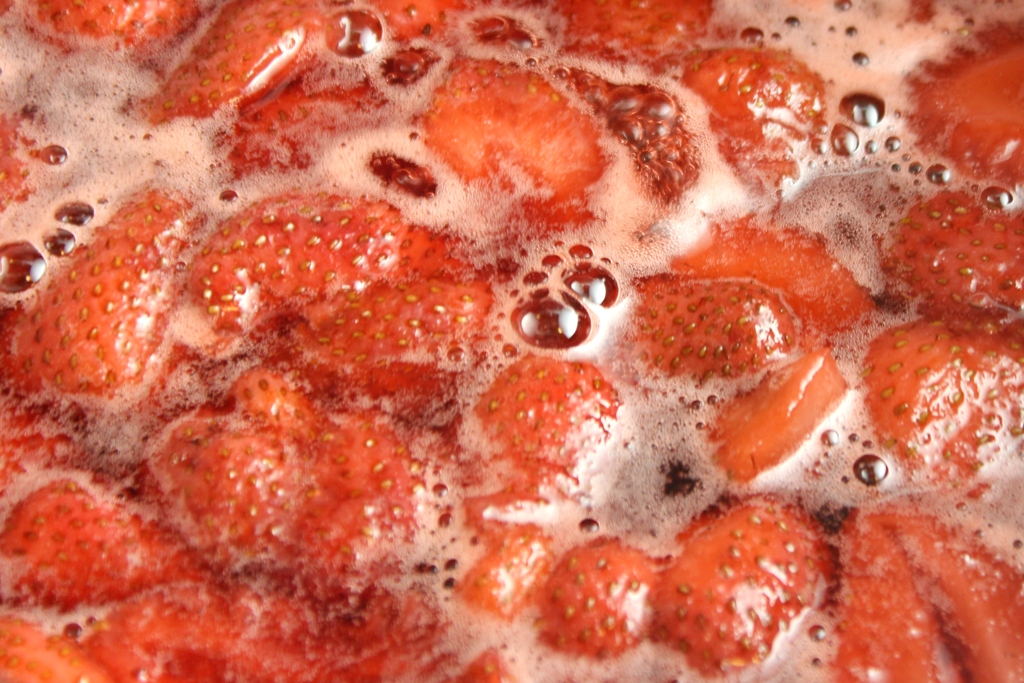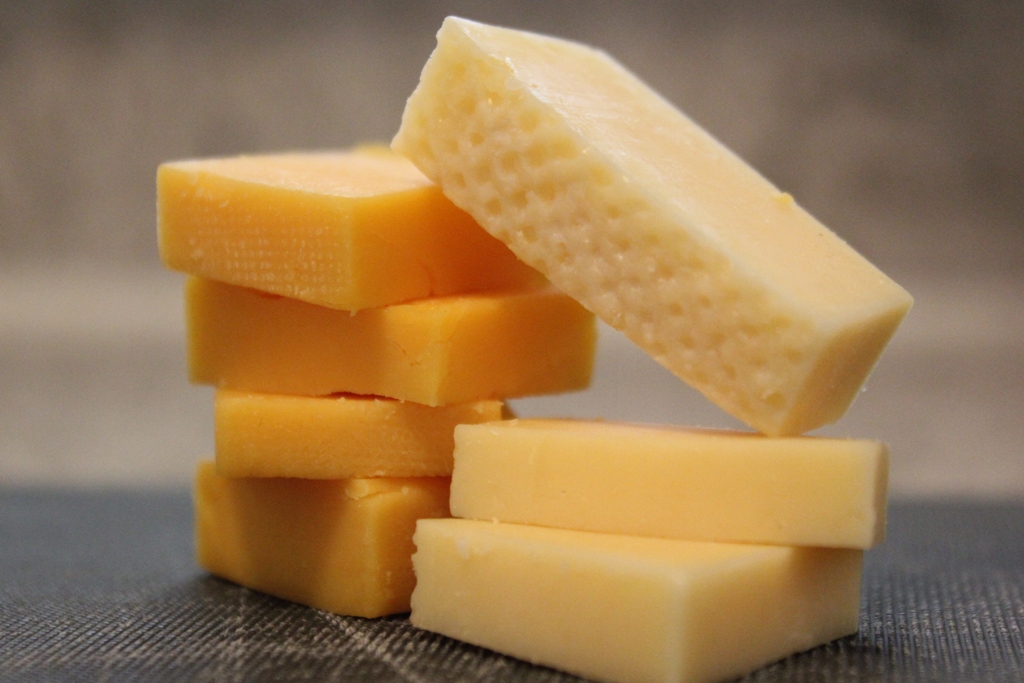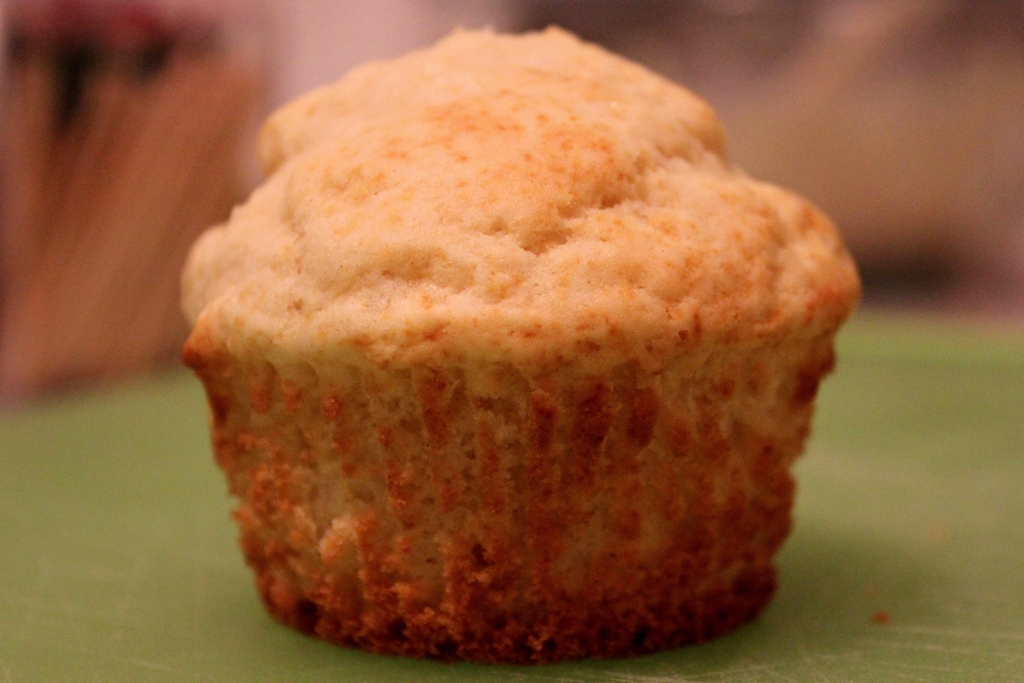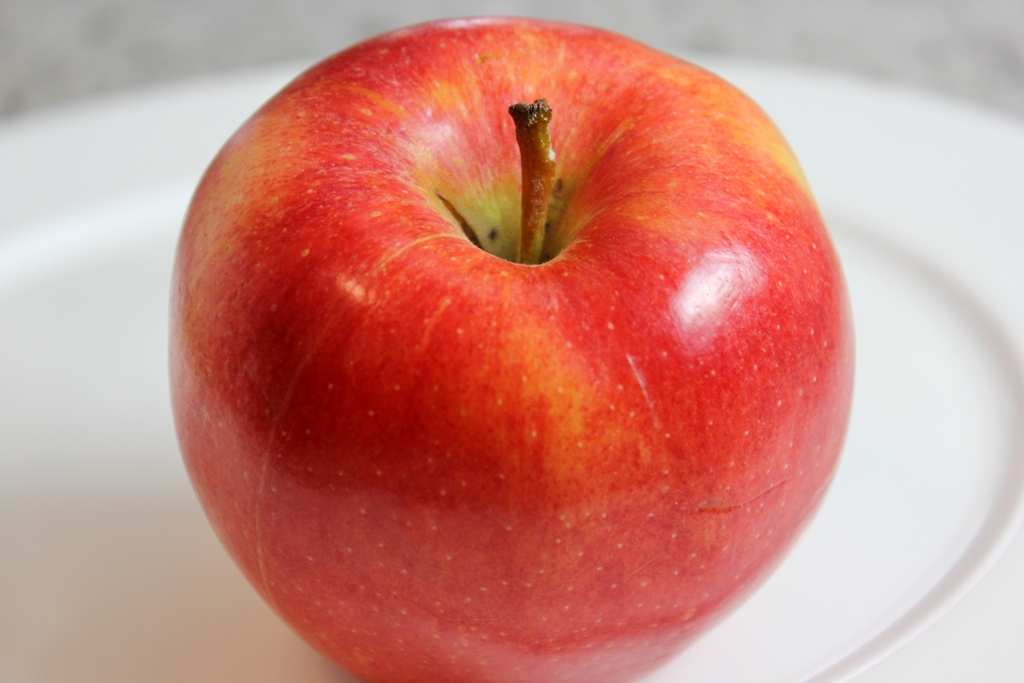
Photo credit: Liz West
A few months ago, I had the opportunity to write a piece about the nutritional implications of monosodium glutamate (MSG) for 75togo.com. You can view the original article on that site by clicking here, or you can visit the abridged version I posted on the Huffington Post. The full text is printed below, so read on to learn all about the MSG controversy and what it means to you.
You’ve probably heard mixed reviews about monosodium glutamate (MSG). Perhaps you’ve heard it’s perfectly safe. Or maybe you’ve heard it causes mild problems for people who have a sensitivity to it. Or maybe you’ve heard that it’s a toxic chemical that’s slowly killing us all. The internet is full of conflicting perspectives. To set the record straight, I’ve taken a close look at the large body of scientific research and spoken with the US Food and Drug Administration (FDA) and Ajinomoto (the world’s first producer of MSG) to learn what you need to know about MSG – what it is, why it’s used, and whether or not it’s safe. [Continue Reading…]

 We food-lovers often eat with our eyes. This is evidenced by the internet phenomenon known as “food porn” (or
We food-lovers often eat with our eyes. This is evidenced by the internet phenomenon known as “food porn” (or 










